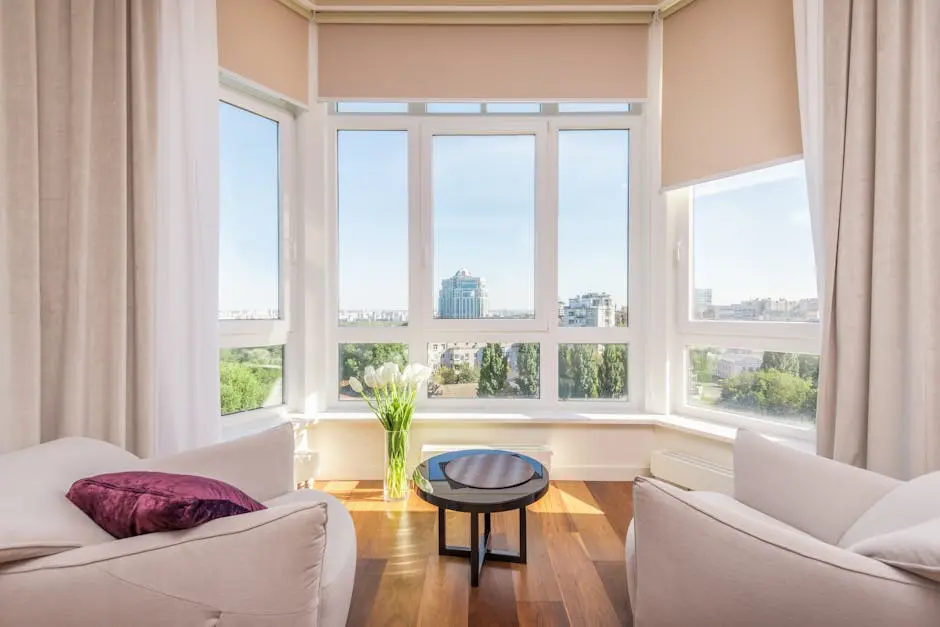As urban living continues to evolve, coliving has emerged as a popular option for residents of New York City. However, safety within these shared living spaces remains a pivotal concern. This blog explores various aspects of coliving safety in the bustling metropolis.
Understanding the Concept of Coliving
Coliving is a modern housing solution where residents share living spaces and resources, creating a community-like atmosphere. It offers flexibility and affordability, but how does it fare in terms of safety in a city as diverse as New York? The rise of coliving echoes a shift towards a more nomadic lifestyle perceived in digital nomads and freelancers seeking affordable and flexible housing options. Coliving arrangements typically provide furnished spaces, shared amenities, and a community-focused atmosphere, all contributing to an enriching living experience.
Adapting to a new trend, many residents find coliving an attractive choice owing to the sense of belonging it offers. Instead of competing for scarce resources and expensive housing options, colivers embrace a collaborative setup where common interests and social interactions enhance their living experience. The dynamic interactions between residents foster friendships, shared experiences, and even professional collaborations, redefining the concept of urban living beyond just shared accommodation.
Coliving spaces are more than shared apartments; they are vibrant communities where diversity and interactions flourish. These arrangements appeal to those freshly relocating to NYC for work or studies. Transitioning to a new environment becomes more accessible when one becomes part of a community, sharing common goals and challenges. The synergy derived from sharing responsibilities ensures cost-effective living, making coliving a viable choice for many urban dwellers. Explore more about such spaces here.
Safety Regulations and Legal Aspects
New York City has established a comprehensive framework of housing regulations that operators of coliving spaces must adhere to, ensuring the safety and well-being of tenants. This legal landscape encompasses building codes and mandatory fire safety standards to protect residents in these shared spaces. For those unfamiliar with these laws, navigating them can seem daunting. Still, they are essential: they maintain the structural integrity of buildings and ensure an efficient response to emergencies.
It's important to select a coliving space that complies with these regulations, as it is a marker of reliability and commitment to resident safety. Reputable coliving operators provide proper lease agreements, clarifying tenant rights and responsibilities. These agreements should include clauses on security deposits, maintenance, and emergency protocols detailing the operator's commitment to upholding safety. Additionally, background checks of incoming residents are common practice to enforce security measures further.
Understanding the legal obligations and protections available can dispel prospective residents' uncertainties. Not only does it offer peace of mind, but it empowers colivers to make informed decisions about their living arrangements. Resources such as community forums and coliving-specific consultancy services offer additional layers of support and information. Being well-versed in these regulatory aspects is crucial for anyone considering coliving in New York City or similar urban environments.
Choosing the Right Neighborhood
Their location within New York City's diverse neighborhoods greatly influences the safety of coliving spaces. The right neighborhood can enhance the coliving experience by offering accessibility, vibrant cultural elements, and community engagement. Factors such as crime rates and proximity to essential services like public transportation and healthcare facilities play a significant role. Research indicates that areas with active neighborhood associations tend to have lower crime rates and greater communal vigilance, contributing to a safe living environment.
The best places for coliving in New York City are those that balance convenience with community spirit. Neighborhoods like Williamsburg and Bushwick, known for their artistic vibe and diverse population, are particularly popular among young professionals and students seeking a space where creativity flourishes. Proximity to cultural hubs and nightlife can often mean higher noise levels, though, so it's essential to weigh these factors based on personal preferences and lifestyle.
Neighborhood walkability scores and reviews can enhance your understanding of the area, making a significant impact on your decision. Through this groundwork, you can identify serene spots, bustling centers, and potential issues, equipping you to choose the neighborhood that aligns with your needs and optimism for a fruitful coliving engagement.
Security Measures and Amenities
Coliving spaces in New York City are increasingly incorporating advanced security features to enhance the safety of residents. These can range from surveillance systems that monitor all entry points to secure swipe card access for residents. Some buildings offer manned security or concierge services to assure peace of mind. Reviewing the security features available at a coliving site should be a priority during the selection process. It's not just about seeing if they exist, but understanding how they are implemented and maintained.
In addition to physical security measures, many coliving spaces offer amenities that contribute to overall safety. These amenities include well-lit common areas, secure parking facilities, and emergency response systems. Shared spaces often feature innovative technology such as automated door locks and energy-efficient lighting systems. These additions minimize risks and enhance the convenience of daily living, offering a seamless blend of safety and comfort.
Living in a secure environment can drastically improve the quality of life for colivers, making their spaces more welcoming and harmonious. An equally pivotal aspect includes exclusive deals and benefits, such as community events and social gatherings, which foster a friendly atmosphere, creating a collective consciousness among peers. Fostering such a community ethos is invaluable in establishing a secure and supportive living environment in a fast-paced city like New York.
Establishing Community Rules and Communication
Creating a sustainable and safe coliving environment hinges on establishing clear community rules and effective communication channels among residents. These guidelines should cover guest policies, noise management, and conflict resolution. By proactively addressing potential points of contention, communities can prevent misunderstandings and nurture a respectful coexistence. Building a foundation of trust through transparent communication aligns the expectations of all parties involved, providing a consistent living experience.
The efficiency of such rules is enhanced when all residents remain informed and engage in regular dialogue. This can include scheduled community meetings or digital platforms where feedback and concerns can be openly discussed. Having diverse input in rule formation not only ensures fairness but also boosts morale among residents, fostering an inclusive environment conducive to long-term relationships. Continuous communication broadens perspectives, bridging differences and empowering residents to cultivate a harmonious community.
In addition to the established rules, some coliving spaces offer exclusive tips and insights on community-building activities. Workshops on conflict management or shared interest groups can further enhance the communal bonds, enabling residents to learn and grow mutually. Such initiatives reinforce the concept of coliving being about more than just sharing a space—it's about sharing a journey toward a cooperative future in one of the world's most iconic cities.
Ensuring a Safe Coliving Experience in NYC
Coliving in New York City presents unique safety challenges, but it can be a secure housing option with adequate measures and informed choices. Understanding legal requirements, prioritizing neighborhood safety, and maintaining clear communication and rules can enhance the coliving experience significantly.








